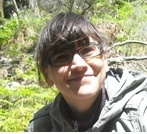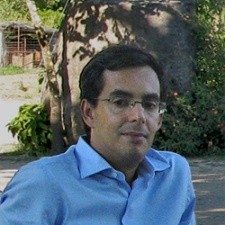More than trees: stand management can be used to improve ecosystem diversity, structure and functioning 20 years after forest restoration in drylands
- Articles in SCI Journals
- Feb, 2023
Köbel, M., Príncipe, A., Soares, C., Pinho, P., Nunes, A. & Branquinho, C. (2023) More than trees: stand management can be used to improve ecosystem diversity, structure and functioning 20 years after forest restoration in drylands.
Science of the Total Environment,
902, 166107. DOI:10.1016/j.scitotenv.2023.166107 (IF2022 9,8; Q1 Environmental Sciences)
Summary:
In Mediterranean drylands, extensive areas have been restored by reforestation over the past decades to improve diversity, soil fertility, and tree natural regeneration, contributing to halting desertification and land degradation. However, evaluating reforestation success usually relies on tree survival, while holistic and long-term evaluations of reforestation success based on ecosystem diversity, structure and functioning are scarce. In this work, we provide the first assessment that combines the evaluation of planted trees and indicators of ecosystem diversity, structure, and functioning in established reforestations with three native Mediterranean species along a climatic gradient. We sampled 43 20-year-old stands with umbrella pine, holm oak and cork oak in Portugal, and tested the effects of tree species composition, stand management (i.e., differences in tree density and shrub cover), and edaphoclimatic conditions, on the size of planted trees, species diversity, structural complexity and indicators of ecosystem functioning related to productivity, soil nutrients and tree natural regeneration.
Our results show that, after 20 years of reforestation, stand management was an essential driver of plant diversity and ecosystem functioning. Higher tree density, particularly of oaks, and higher shrub cover improved plant diversity, ecosystem productivity, and oak regeneration. The latter was also improved by structural complexity. Tree composition effects highlighted the importance of pine management to avoid competition. Since we evaluated these reforestations along a climatic gradient, we also conclude that climate influenced pine and holm oak size, ecosystem productivity, and soil C/N. Our research, by being based on assessing the long-term reforestation success in a more holistic way, highlighted the importance of stand management for improving ecosystem diversity and functioning in these restored systems. Practices such as increasing tree density up to ~800 trees/ha and allowing a shrub cover of ca. 30 %, may improve the ecological condition of future and currently reforested areas across the Mediterranean region.
https://www.sciencedirect.com/science/article/pii/S0048969723047320?viaihub




